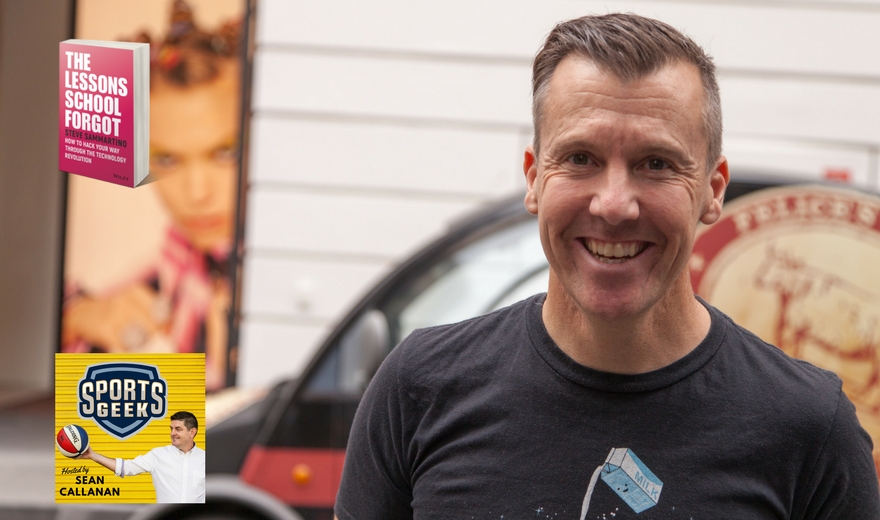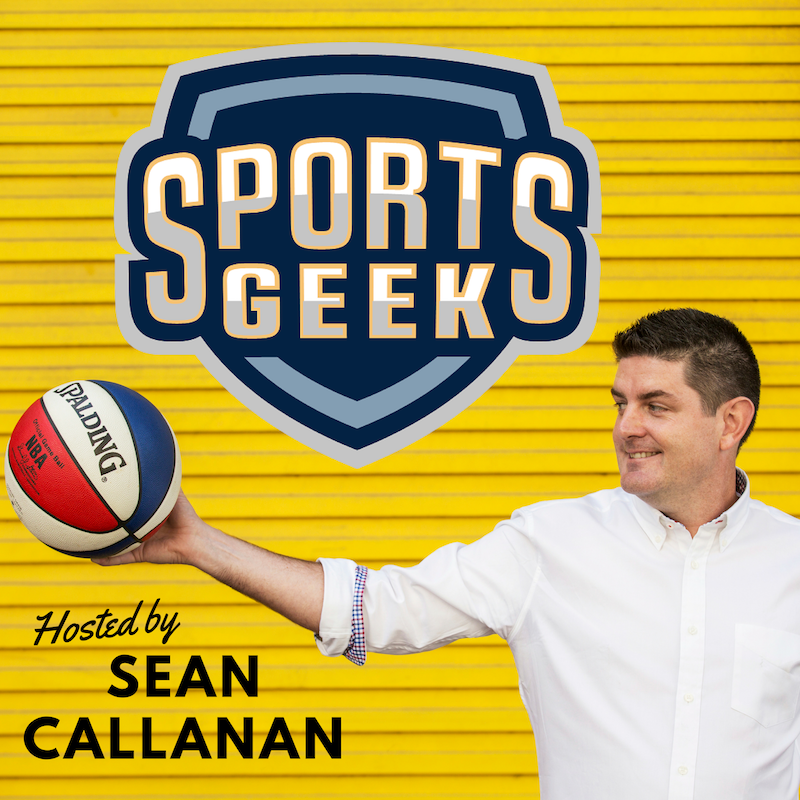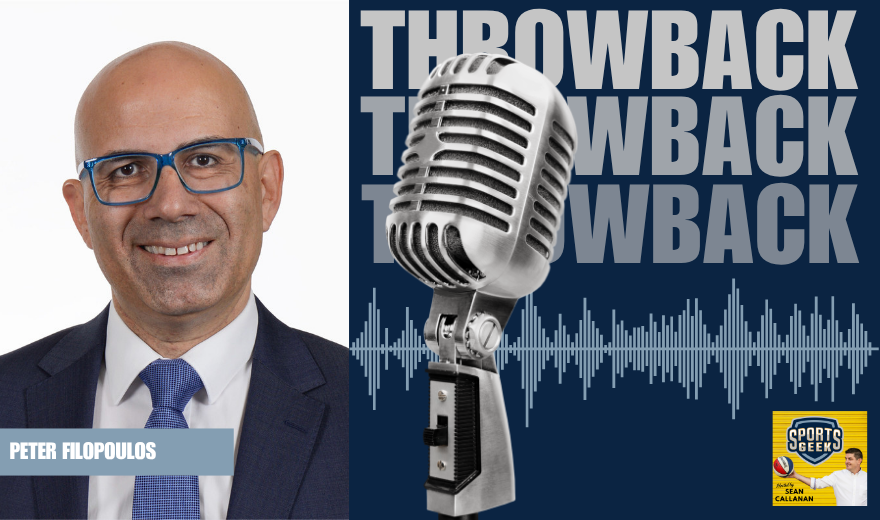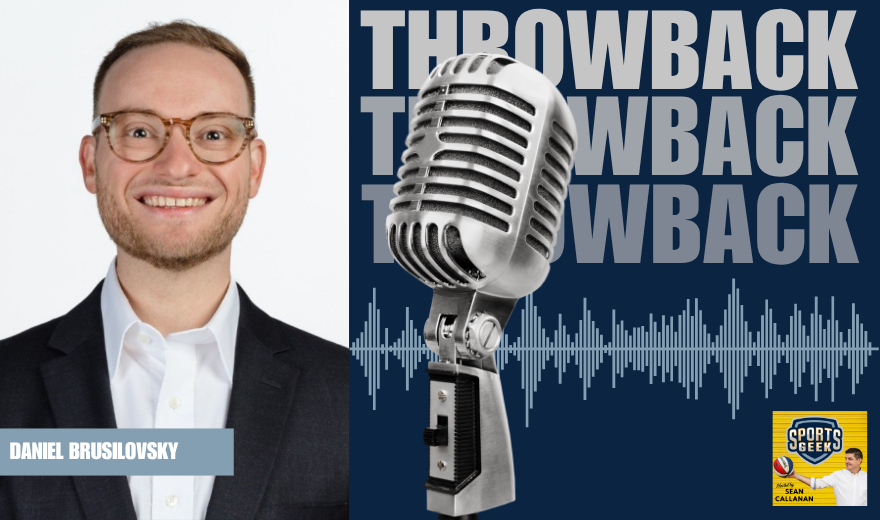This transcript has been lightly edited by AI
Sean: And, you know, you touched on a really important point about the role of technology in the world of sports. Nowadays, we have the biggest technology right in our pockets – our smartphones. It's interesting to think about how much of the sports experience should be through the device versus being present in the moment.
Steve: Absolutely. This debate applies not only to sports but also to rock concerts and other live events. People often wonder whether they should be fully engaged in watching the game or if they should be looking at their phones, checking out highlights, or recording videos to share on social media. I believe we need to acknowledge that we now live in a “choose your own adventure” world. It's a world where individuals have the power to decide how they want to experience a live event.
Sean: That's a great way to put it. I can relate to that, especially when we're watching our favorite football team. I know that even if I text you right after a goal is scored, I won't get a response from you until quarter time because you prefer to watch the game in isolation and then use digital tools during the breaks. On the other hand, I'm someone who watches the game at home with young kids, so I rely on those digital tools to connect with you and create a sense of live atmosphere from home. This ability to connect with others using digital tools is something I really appreciate.
Steve: Exactly. As a sports company or organization, it's crucial for us to let go of any judgment and instead offer a variety of options. In the past, when we were designing physical products like corn flakes or cars, we had to cater to a broad audience. But in the digital world, where distribution costs are minimal, we have the opportunity to provide a multitude of options and let individuals choose what works best for them. It's not about forcing them to use or not use digital tools; it's about giving them the freedom to choose. Some people may prefer to focus solely on the live game and then engage on social media afterwards, while others may want a more integrated experience. Our role is to embrace these different preferences and facilitate them.
Sean: Absolutely. It's important to recognize that there isn't a one-size-fits-all solution. The idea of a silver bullet that will solve everything is simply unrealistic. We need to understand that not everyone will be interested in or benefit from the same technologies or experiences.
Steve: That's exactly right. We must keep in mind that the digital landscape offers incredible flexibility and options. It's not about trying to please everyone with a single product, like we did in the past with physical goods. Instead, we can leverage the power of digital distribution to provide a wide range of choices to our audience. Whether someone wants a pure, immersive sports experience or prefers to be more integrated with digital tools, we should embrace these diverse preferences and cater to them accordingly.









